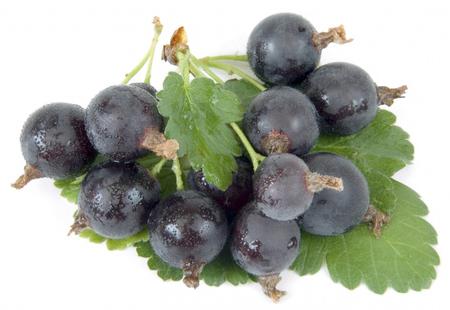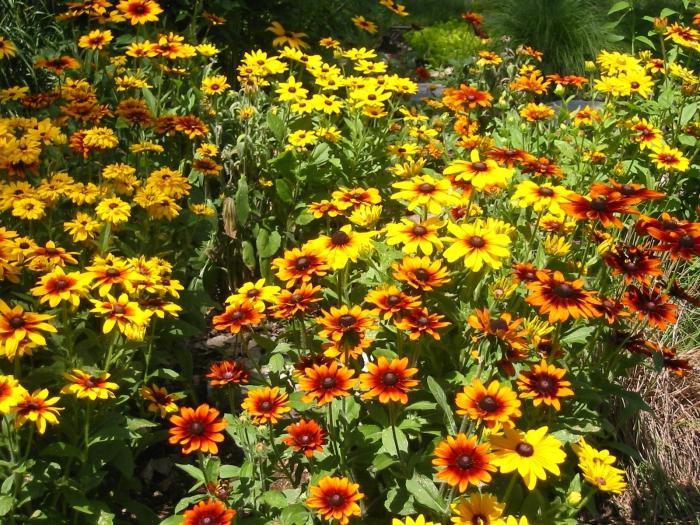Beautiful and useful echinacea. Planting and care
Echinacea is an amazing plant that has come toEurope from North America. It hides a huge healing power, it is widely used in folk medicine, and in pharmacology, besides highly decorative, has a modest and unpretentious character in dealing with amateur gardeners, long lives in one place, healing the sores of the soul and body. This is echinacea. Planting and caring for her have long been known as not causing trouble. In the cuts of her magnificent flowers are fragrant to the whole house and do not wilt for a long time, for which not only gardeners love her. The appearance of Echinacea purpurea was introduced into culture in the seventeenth century. First there was an error in the definition, but after forty years it was described as a separate genus. The name comes from the "hedgehog" tsvetoholozha, Echinacea in translation from Greek - "thorn".

Appearance
Perennial herb one and a half meter plantwith beautiful large flowers that resemble chamomile, on straight and long rough stems. The multi-headed, powerfully branched rhizome is edible, scalding to taste. Flowering from July to September - two months. Fruit-bearing tubular flowers, between which sit prickly bracts. In oblong, faceted seeds, up to three thousand small seeds. This is, at first glance, a remarkable echinacea.
Planting and care
Due to its decorative Echinacea takesin the garden the most prominent place: and in separate groups on the lawns, shading less tall perennials, and near the trees, emphasizing their height. Large flowers, wonderful coloring and a pleasant aroma - what other requirements can be presented to a garden plant? All this has enough echinocery.

Reproduction
There are two types of Echinacea reproduction: seeds or vegetatively. Rhizome is divided in early spring or late autumn. Seeds take a long time - forty days. And here requires quite a lot of moisture and heat echinacea. Planting and leaving (or rather, the difficulty of leaving) only in this and are. It is better to sow the seeds in a greenhouse, and the finished seedlings are already planted in a permanent place. To see the flowers Echinacea in the sowing year, you need to start work in February. Seeds are sown in a box with the earth a centimeter in depth, sprinkled with a thin layer of the same soil or sand, moisturize gently. The heat should not be - a maximum of thirteen degrees. By the middle of May echinacea is already planted in the open ground, in a sunny place. In watering you need to be moderate. This plant does not like a lot of water, and suffers from its lack. The sun and well-drained soil prefers echinacea. Planting and care include, as already said, the correct watering and lighting, and, naturally, you need to cover the flower garden for the winter in the northern regions. In other areas, it is already beautifully wintering. We need to protect Echinacea from weeds, but with diseases and pests, she manages.
</ p>







